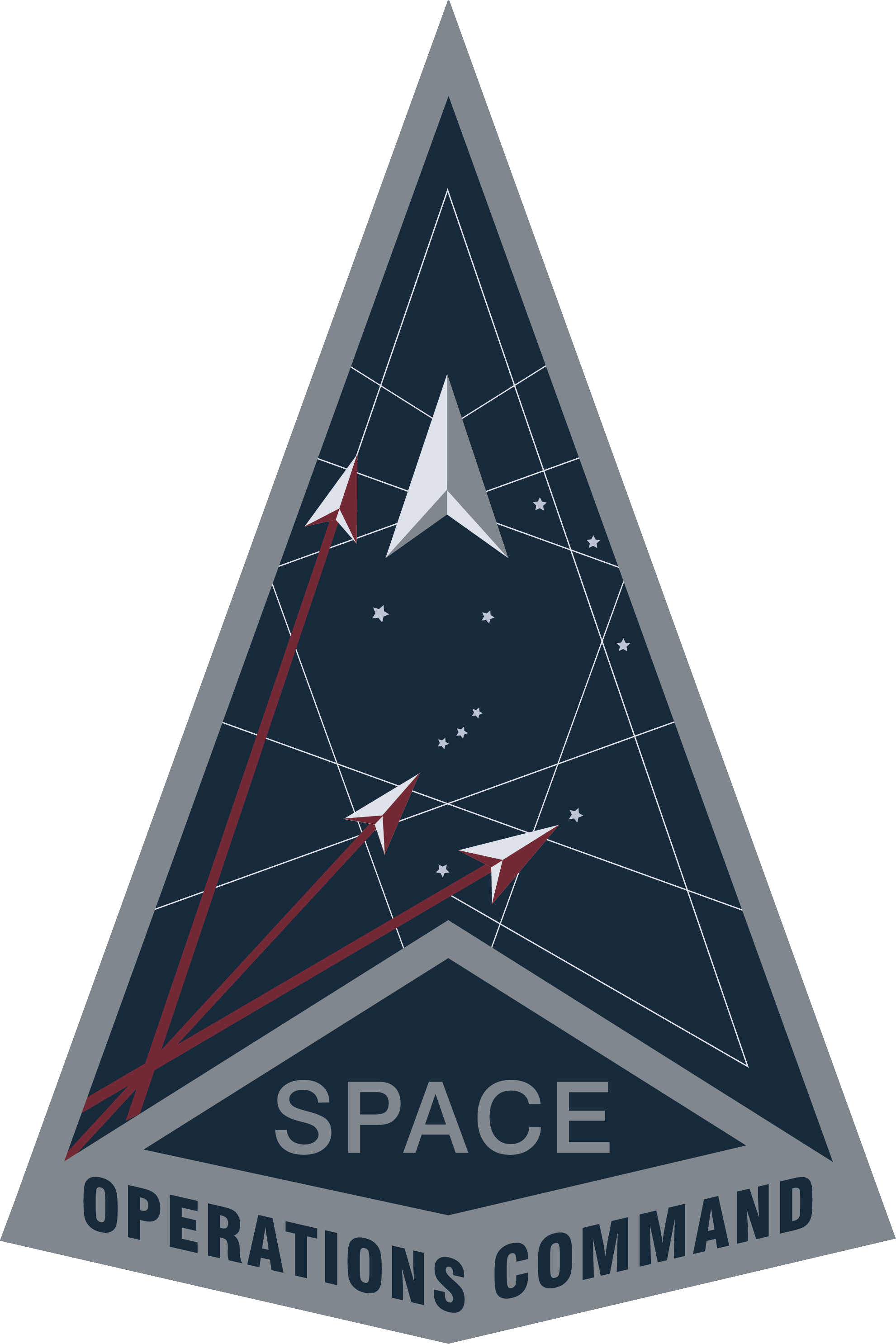
SpOC Mission - Protects America and our Allies in, from, and to space… now and into the future
Generates, presents, and sustains combat-ready intelligence, cyber, space and combat support forces to Combatant Commands
Vision
America’s Space Warfighters—Always Ready, Always Innovative, Always Above
Priorities
Preparing…
…Combat-ready, ISR-led, cyber-secure space and combat support forces
…An empowered, diverse, healthy warfighting culture
Our operations will be led by intelligence about the threats we face, and we will be cyber-secure in all we do. We will be a warfighting organization in which decisions and the ability to accept risk are pushed to the lowest level, and in which all our diverse members are respected, able to fully contribute, and free to rise to the level of their talents.
Partnering…
…Across U.S. Government, Allies, and Commercial Partners
…To build other United States Space Force organizations
As a global partner to our sister Services, Interagency partners, Allies, academia and commercial entities, we are committed to being good teammates with all our stakeholders to produce Space Security for America and her Allies. Additionally, we will continue to carry functions for, and provide support to, the Space Staff, Space Systems Command, Space Training and Readiness Command, and the Space Warfighting Integration Center.
Projecting…
…Combat power in, from, and to space
…An innovative, digitized force
Space Operations Command provides Combat Power Projection, Information Mobility, Space Domain Awareness, and Space Mobility and Logistics. Further, SpOC fosters and incubates innovation from all levels of the force, and fully supports the drive to build a Digital Service.
Background
On December 20, 2019, the President signed the National Defense Authorization Act (NDAA) for fiscal year 2020, establishing the U.S. Space Force (USSF) as a new Armed Service within the Department of the Air Force (DAF). Subsequently, the Secretary of the Air Force (SECAF) re-designated Air Force Space Command (AFSPC) as USSF, re-designated 14th Air Force as the Space Operations Command (SpOC), and reassigned all personnel previously assigned to AFSPC to the USSF by virtue of these re-designations. These initial actions provided immediate structure for the USSF but were not intended to reflect the end-state of the new branch of Service. Macro-organizational design is still in progress to ensure the Service is aligned with the President of the United States’ vision as articulated in Space Policy Directive-4 and the Chief of Space Operations’ vision of a light, lean, and agile force. In February 2020 the DAF delivered its report to Congress on its Comprehensive Plan for the Organizational Structure of the U.S. Space Force. The report stated “Experts will continue to develop the overall field-level organizational design of the Space Force, culminating with SECAF decision on the future structure of Space Force Field Commands (FIELDCOMs) and operational units by May 1, 2020.”
In keeping with the USSF’s guiding principles of reducing bureaucracy by minimizing hierarchical layers and driving increased warfighter integration – and per previous the announcement of the USSF field command structure – the Department of the Air Force and the U.S. Space Force made organizational re-designations that will properly align responsibilities to the commander responsible for executing that function.
Effective October 21, 2020, SECAF re-designated the former AFSPC staff organization at Peterson AFB as the HQ SpOC. This re-designation aligned the Field Command responsibility for organizing, training, equipping, and presenting USSF forces to the staff and commander responsible for executing this mission.
On August 13, 2021, Space Launch Delta 30 at Vandenberg Space Force Base, California and Space Launch Delta 45 at Patrick Space Force Base, California, were realigned from Space Operations Command to Space Systems Command.